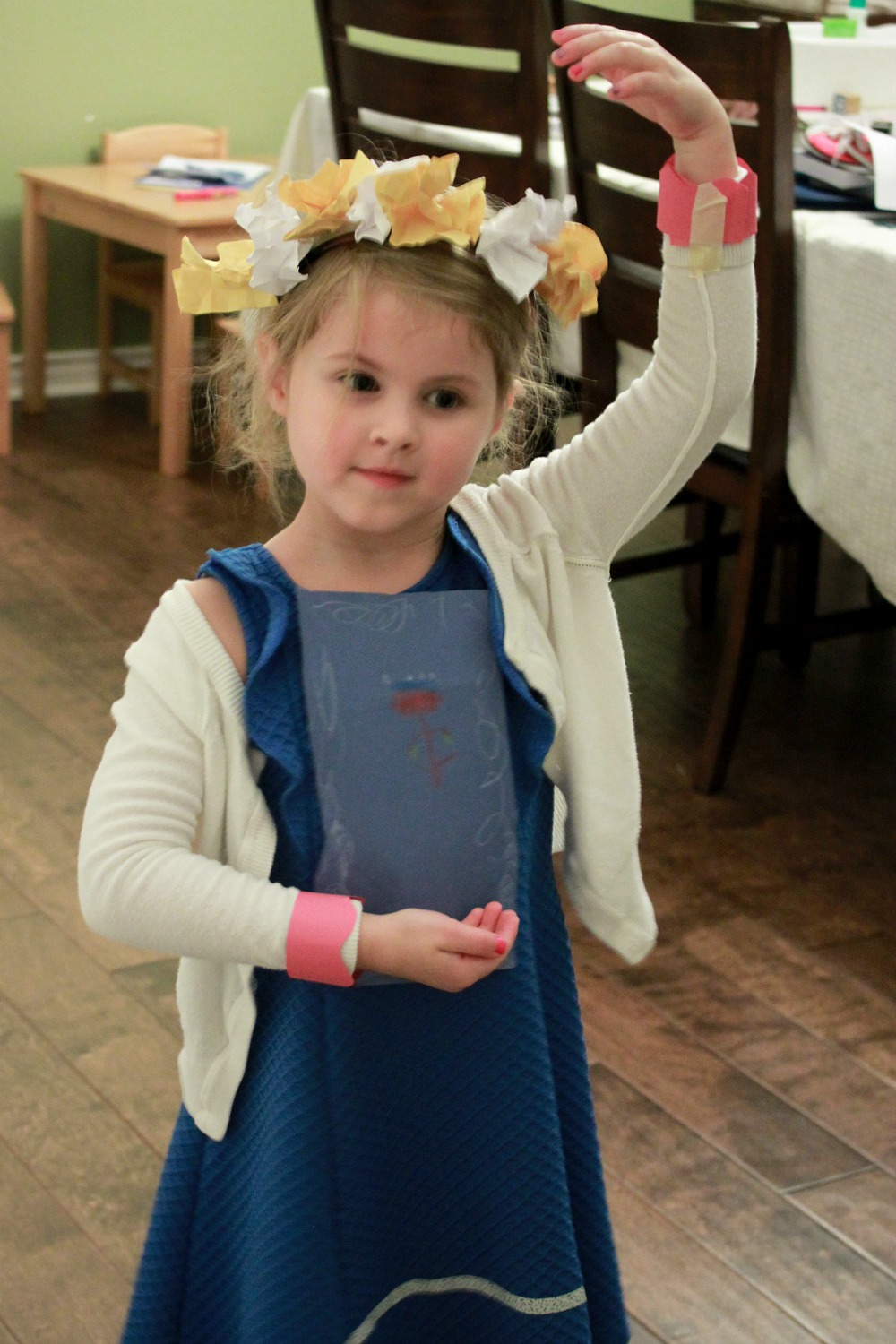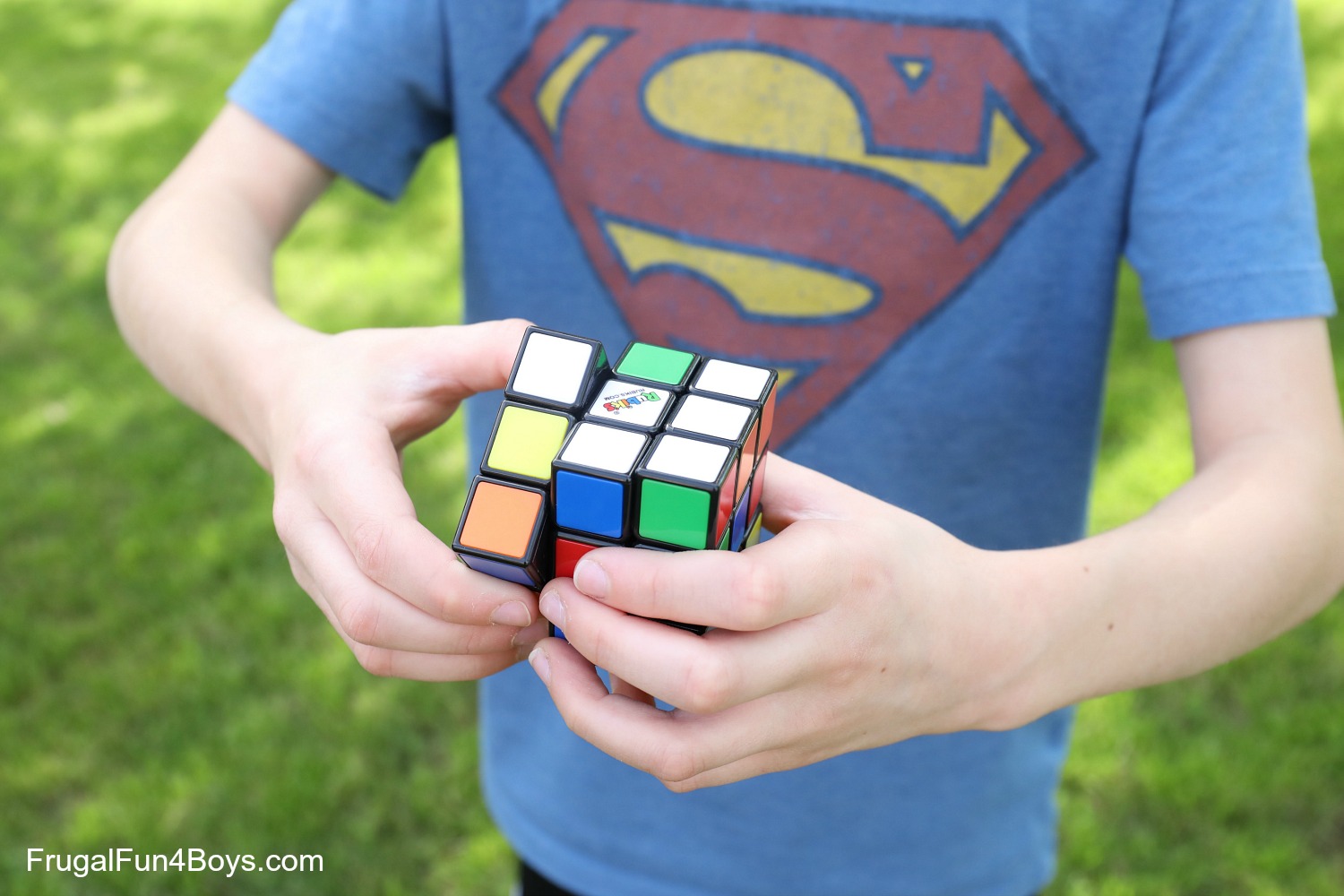During this time of social distancing, I have been working to bring you extra content – activities for kids and encouragement for parents. Today’s post is a guest post from my good friend Sarah Ramos. She is currently finishing up a graduate degree in educational psychology, with an emphasis in gifted education. I asked Sarah to share a few thoughts with you about supporting your gifted child at home. With many schools around the world out for the remainder of the school year, you may be concerned that you will not be able to provide the same caliber of education that your child’s school was providing. Take heart, parents! This time at home may prove to be really GOOD for your gifted child.
If your gifted child is stuck at home, you may be worried that they are missing out on the educational opportunities that keep them ticking. Alternately, you may be pulling out your hair trying to keep them busy! Gifted kids are often…well…intense. But whether you are more concerned for yourself or your child, some time away from the standardized pace, level, and content of curriculum at school will not harm your child’s education and is actually aligned with what research says is best practice in gifted education! In the school system, we seek to provide your gifted student with a differentiated education, one that is modified to be appropriate for your student in level, pace, depth, and complexity (National Association for Gifted Children, 2014). While alternative learning environments such as distance learning have some downsides (every educational model does!), differentiation is one place where this model shines. Let’s look at how learning at home can actually benefit your gifted student.

This is a chance for self-paced learning.
In your current situation, your student may have the opportunity to work through school material at their own pace. If they understand an online lesson on multiplication after 5 practice problems, they might not need to complete 3 more multiplication worksheets with manipulatives. Or they might be able to finish those 3 worksheets in a matter of minutes. At school they would then have to wait for the rest of the class to finish, but at home they can move forward through the curriculum (do tomorrow’s assignment) or move on to something else (for ideas, see below). This is differentiation in pacing, and it is ideal for your student. Repetition that a student views as pointless will decrease motivation, which will in turn decrease student enjoyment of learning and increase undesired behaviors. So, there’s no need to be concerned if it only takes your student a couple of hours to finish all the work they have been assigned for the day. Let me rephrase: there are the other 6 hours of the day to be concerned about, but you don’t need to be worried that your student is falling behind in math!
Add depth and complexity to your child’s learning through real life.
Your student’s teacher may already encourage your student to think and work at a deeper and more complex level while still keeping pace with their class by providing instructional techniques such as journal or essay prompts, graphic organizers, extension activities, and interdisciplinary/connection activities. Whether this is the case or not, there’s no need to go out of your way to add depth and complexity to your student’s learning – at home it can happen quite organically! Have your student make a list of questions they have about the culture or historical period they are studying in social studies, then find the answers together. Ask them to compare and contrast two books or two characters from books they are reading. Discuss a tough question with them, being careful to listen respectfully to the evidence they provide for their point of view. This doesn’t have to be formal – it can happen over a nice walk outside or at the dinner table. If you want to read up on how to include depth and complexity even with your young students, here is a really helpful resource: https://www.byrdseed.com/introducing-depth-and-complexity/
Harness interests to provide enrichment.
Some of the prevailing ideas and practices in gifted education lean on the Enrichment Triad model, developed by Joseph Renzulli (Renzulli and Reis, n.d.). He posits that if gifted students are truly given a differentiated education, they will have a lot of free time on their hands. Does that sound like your home right now? He suggests that this time can be invested in enrichment, which can lead to deep learning and expertise. Renzulli describes three levels of enrichment experiences.
Type I experiences expose students to diverse areas of learning not typically included in regular curriculum through speakers, performances, films, and more. If you have a device that is connected to the internet, now is the perfect time for your student to spend some time just discovering the breadth of human knowledge and experience! There are people who can cook and build things and code apps and make art and fix machines and speak other languages and sew clothing/costumes and create vaccines and on and on. It may surprise you what piques your student’s interests!
Type II experiences allow students to interact with and try out the fields they were exposed to in a Type I experience. Don’t be surprised if your student wants to bake a cake after watching the Great British Bakeoff or rig up a pulley system on your swingset or balcony after learning about simple machines in a library book. If your student doesn’t come up with these requests or ideas on their own, suggest or “assign” some for them. For example, “Find a YouTube video of someone teaching a skill you’d like to have.” Even if you can’t get together face-to-face with an expert, help your student reach out to someone who has skills in the area you are exploring. Call your neighbor or aunt who bakes delicious cakes to ask for a recipe. Schedule a daily call with a native speaker of a new language your student is interested in. Don’t write these activities off as “free time” – this is learning!

Type III experiences are typically independent, self-directed learning projects that students self-select to undertake. Once a student is excited about and has some understanding of an area of knowledge, they can delve in! This looks different for every student. One former student of mine taught himself Elvish from J.R.R. Tolkein’s Lord of the Rings and wrote me daily messages on my white board. I know students who made short films, taught themselves computer animation, built an archery bow from scratch, researched and wrote a historical fiction novel, created a community garden, and choreographed a dance show including a variety of cultural dance styles. Then there was one student who used construction paper and tape and all the clothes in their closet to create an exact replica of a ballet costume they saw in a book (no, that wasn’t at my house…).

What if I don’t think it’s a worthwhile pursuit?
Let’s be honest, sometimes children’s interests are more developed and specialized than we might expect of a young person, and less practical than we might hope. Is there really value in allowing your student to spend three weeks figuring out how to solve a Rubix Cube in under a minute? Yes, and here’s why: if your child is gifted, chances are that they have rarely encountered failure academically. Allowing a child to grow to adulthood without experiencing failure and the subsequent opportunities to cope and persevere (this is called “grit” in the research literature) can be quite damaging. If 3rd grade reading is not going to provide your child with opportunities to fail, and thereby develop grit, maybe a Rubix Cube can. Furthermore, we are more likely to work out our “grit muscle” for an outcome we are motivated to achieve. If you really want your student to learn to build an app but they’d rather learn to draw a perfect dragon, drawing a perfect dragon will be the better vehicle for beginning to experience failure and exercise perseverance.

Beware the mess!
I recently moaned to my husband, “Why is it that my educational philosophy demands that my house be a disaster?” Self-paced, deep, complex, enriched learning is messy. I wish I could tell you that your gifted child will sit for eight hours and fill out worksheets that you can slide neatly into a folder before you begin dinner prep. But that is not likely to be the case. You will have to decide what your tolerance is for ambiguity, messiness, unfinished projects, and overall chaos. There are a few ways you can try to circumscribe the open-ended learning. Pick a room in the house, time of day, or day(s) of the week where enrichment learning can happen, but don’t be too surprised if there is spillover. I have a young family, so here’s what works for us: Traditional school subjects before lunch 4 days a week, small projects during/after nap time (in your bedroom if there are choking hazards involved), and projects that will take more than an hour or two/require Mom’s full-time attention on the 5th day, or on an evening/weekend when Dad is home. If your older student is used to a block schedule at school (A days and B days), you could institute “A days” and “B days” at home as well. I know a family whose rule is that their students have to finish all their traditional coursework for the week before they are allowed to begin enrichment activities/projects.
This time at home can be a true blessing.
Instead of trying to recreate the logistics of a traditional school at your home, take advantage of the disrupted schedule to allow your student to experience a differentiated, enriched education. Lean in to the self-paced nature of distance learning, and take advantage of the extra time to explore and pursue areas of learning that your student’s regular schedule doesn’t allow for. Give your gifted student the opportunity to think more deeply and complexly. Don’t be afraid to leave space for them to learn and explore in a self-directed manner. It may seem trivial, it will be messy, and you may have to answer 57 questions before lunch time, but just remind yourself “We are learning motivation and grit! This is a best-practices education.” Enjoy the process of discovering what interests your gifted student. And take a moment to thank the teacher who does their very best to differentiate for your student and 20 other students and answers way more than 57 questions a day!
References
Byrd, Ian (n.d.). Introducing Depth and Complexity [Blog post]. Retrieved from https://www.byrdseed.com/introducing-depth-and-complexity/
National Association for Gifted Children. (2014). Position Statement: Differentiating curriculum and instruction for gifted and talented students. Washington, DC: NAGC Retrieved from https://www.nagc.org/sites/default/files/Position%20Statement/Differentiating%20Curriculum%20and%20Instruction.pdf
Renzulli, J. S. & Reis, S. M. (n.d.). The Schoolwide Enrichment Model Executive Summary. Retrieved from https://gifted.uconn.edu/schoolwide-enrichment-model/semexec/#

2 Comments
sherri Apr 9, 2020
Thank you for your article and for all your comments.... My house is a disaster often. It's really ok. If other people mind, then they just don't understand.
Jill Apr 21, 2020
I never post responses EVER, but I just LOVE your site and your ideas. Thank you for sharing!
Post a Comment